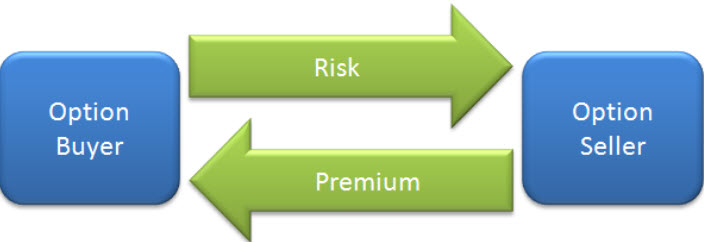The origins of the commodity derivatives are the contracts that developed when producers (such as farmers) and commodity-dependent businesses (e.g. companies producing consumer goods) wanted to lock in prices right now instead of having to worry about what the market price would later on.  A farmer could lock-in the price of cotton well before the cotton harvest and the factory where cotton was turned into clothes could know in advance exactly how much they would have to pay for the cotton at harvest time. For both the farmer and the clothes factory, these contracts made it easier to adhere to economic plans and make long-term decisions.
A farmer could lock-in the price of cotton well before the cotton harvest and the factory where cotton was turned into clothes could know in advance exactly how much they would have to pay for the cotton at harvest time. For both the farmer and the clothes factory, these contracts made it easier to adhere to economic plans and make long-term decisions.
Today, a wide range of commodity derivatives are available on exchanges and over-the-counter. Below, we will take a look at some of them.
Forward contracts
A commodity forward contract is a customized contract between two parties to transfer ownership of a commodity at pre-specified price on a future date. Forward contracts are not standardized – they are often highly customized to suit the needs of the two parties, e.g. when it comes to commodity, commodity grade/quality, commodity amount, delivery date, delivery location and the possibility of a cash-settlement.
Commodity forward contracts are used for both speculation and hedging. They are specially popular for hedging, due to their non-standardize nature.
The non-standardized nature of the commodity forward contract makes is unsuitable for exchange trading, which means that it comes with the normal increased risk associated with over-the-counter trading and the lack of a centralized clearing-house.
For small scale retail investors, commodity futures contracts is normally a more feasible choice than commodity forward contracts.
Futures contract
Commodity futures contracts can be described as highly standardized commodity forward contracts. The basic premises are the same, but the high degree of standardization makes commodity futures contracts ideal for exchange trading. At the same time, they become less appealing to hedgers looking for tailor-made products to suit very specific needs.
Exchange-traded notes (ETN)
The Commodity ETN is intended to mimic the price fluctuations of a particular commodity or group of commodities that comprise an index, and can therefore be seen as derivatives. It is important to keep in mind that the ETN is unsecured and is backed by the issuer, which means that for the investor there is a credit risk associated with the issuer.
Commodity ETNs were introduced in 2003, but were initially not available for retail traders – only for professional institutional investors. One of the factors that prompted the creation of ETNs was the tight supply of commodities in 2000, combined with unusually low inventories and increased demands from the Indian and Chinese markets.
Binary Options
Binary options is a type of financial instrument that can be based on a number of different underlying instruments. Examples of common underlying financial instruments include stocks, indices, currencies and commodities. The most popular commodity based binary options are based on precious metals such as gold, silver and platinum as well as oil. Binary options gives you a high return if they mature in the money. You lose your entire investment if they do not mature in the money. Read more here.
Regular Options
The commodity option is only binding for one of the two contract parties.

If you are the holder of a call commodity option, you have a right but no obligation to buy the underlying commodity in accordance with the conditions stipulated in the options contract. The counter-part is thus obliged to sell the commodity to you, if you decide that you want to exercise your option.
The opposite is a put commodity option. If you are the holder of such an option, you have a right but no obligation to sell the underlying commodity to your counterpart in accordance with the conditions stipulated in the options contract. If you don’t want to sell, your counterpart has no right to force the issue.
Examples of factors stipulated in the options contract are commodity, quantity, strike price, expiry date of the option and information about on what or which dates the option can be exercised by the option holder. The strike price is the pre-determined price that is to be paid for the commodity if the option is exercised.
The options contract should also stipulate if actual physical delivery of the commodity is a must when the option is being exercised, or if the counterpart can carry out a cash-settlement instead.
Both call and put commodity options are frequently traded for speculative purposes, and most of the traders have no intention of ever taking possession of the commodity or providing their counterpart with the commodity. Instead, the option is cash-settled if exercised.
An important step in the history of options took place in 1973, when the Chicago Board Options Exchange issued highly standardized options ideal for exchange-trading.
This article was last updated on: April 5, 2017